A Journey into the World of LST Cannabis Cultivation: Unveiling the Art and Science of Low Stress Training
LST – In the ever-evolving landscape of cannabis cultivation, enthusiasts and growers are continually exploring innovative techniques to maximize yields and enhance the overall quality of their harvests. Low Stress Training (LST) has emerged as a popular and effective method, allowing cultivators to shape and manipulate the growth of cannabis plants to achieve optimal results. This article delves into the intricacies of LST cannabis cultivation, shedding light on the art and science behind this transformative approach.
Understanding Low Stress Training
Low Stress Training, as the name suggests, is a cultivation technique that involves gently bending and manipulating the stems and branches of cannabis plants to alter their natural growth patterns. Unlike its counterpart, High-Stress Training (HST), which involves topping, pruning, or super cropping, LST aims to minimize stress on the plants, encouraging lateral growth and the development of multiple bud sites.
The primary goal of LST is to create a more even and horizontal canopy, ensuring that each bud site receives adequate light exposure. This not only maximizes the use of available light but also promotes better airflow and nutrient distribution throughout the plant. By optimizing these key factors, LST cultivators can achieve higher yields and produce cannabis plants with more robust and resinous buds.
* It is very important to remove the LST clips in time, so that the branches can fully recover during growth and are not hindered by LST clips that are too tight.
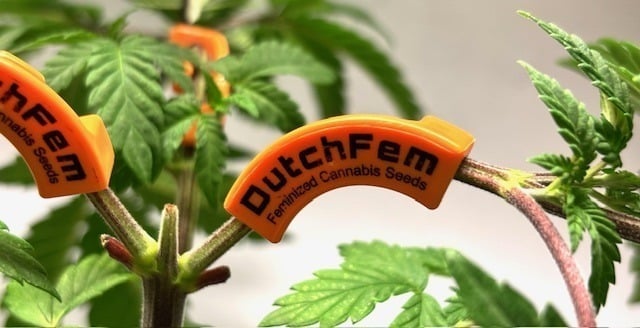
The Benefits of Low Stress Training
- Increased Yield: One of the most significant advantages of LST is the potential for increased yields. By training the plant to grow horizontally rather than vertically, cultivators can expose more bud sites to light, resulting in larger and more plentiful harvests.
- Improved Light Distribution: LST helps create an even canopy, ensuring that all parts of the plant receive adequate light. This is crucial for maximizing photosynthesis and promoting uniform bud development across the entire plant.
- Better Airflow: A well-structured LST plant allows for improved airflow between branches, reducing the risk of mold, mildew, and other pests. Good airflow also helps maintain optimal humidity levels, creating a healthier environment for cannabis cultivation.
- Enhanced Nutrient Distribution: LST encourages a more balanced distribution of nutrients throughout the plant. This is especially important in soilless or hydroponic growing systems, where nutrients are delivered directly to the roots.
- Adaptability to Limited Spaces: LST is particularly beneficial for growers with limited vertical space. By keeping the plants short and wide, cultivators can effectively manage their canopy height while still maximizing yield potential.
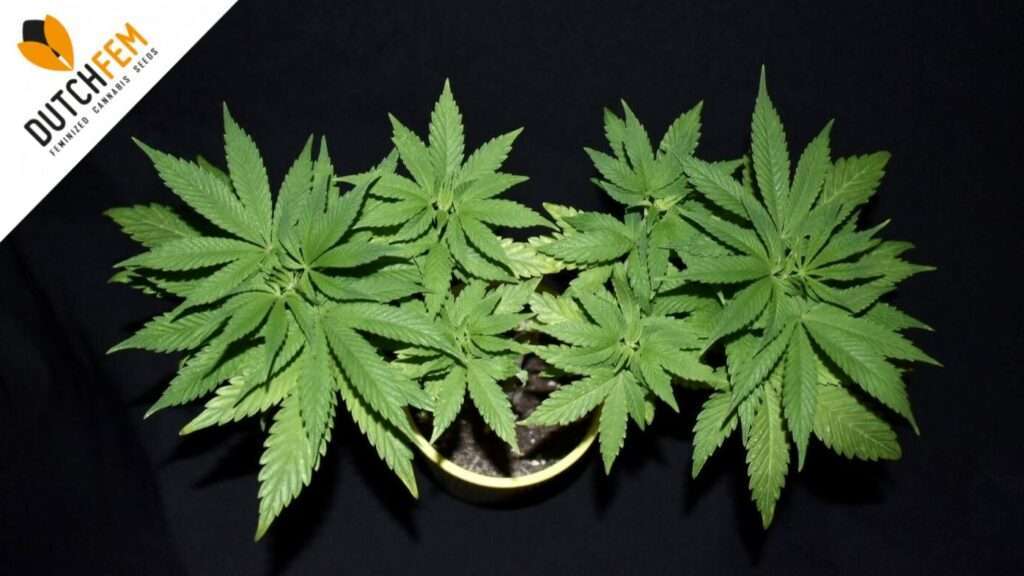
The Low Stress Training Process
- Early Training: LST is typically initiated during the early vegetative stage when the plant is still pliable. Using soft ties or plant-friendly materials, growers gently bend the main stem and secure it in a horizontal position. This encourages the development of side branches and sets the foundation for a more expansive canopy.
- Securing Branches: As the plant continues to grow, additional training is applied to secure and shape the lateral branches. This involves tying down branches to maintain a horizontal profile and ensure an even distribution of growth.
- Topping and Pruning: Some cultivators choose to combine LST with strategic topping or pruning to further enhance the desired growth structure. Topping involves removing the apical meristem (main stem tip), encouraging the development of multiple main colas.
- Monitoring and Adjusting: Throughout the growth cycle, growers must monitor the plants regularly, adjusting ties and supports as needed. This ensures that the plant maintains its desired shape and continues to receive optimal light exposure.
- Flowering Stage: LST can be applied during the flowering stage, although adjustments should be made cautiously to avoid stressing the plant. Continued support for heavy buds may be necessary during this phase.
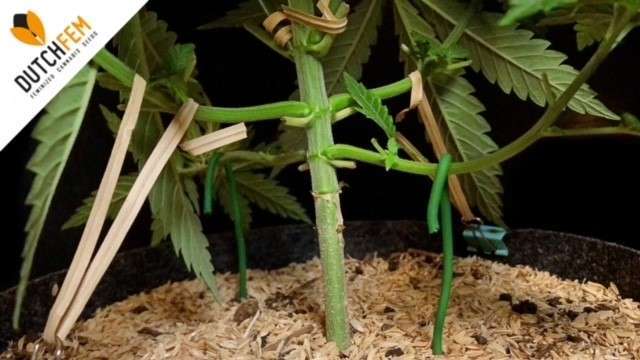
Challenges and Considerations
While LST offers numerous benefits, it is essential for cultivators to be mindful of potential challenges and considerations associated with this technique.
- Strain-Specific Responses: Different cannabis strains may respond differently to LST. Some strains are more flexible and adaptable, while others may be more rigid, requiring extra care to avoid damage during training.
- Risk of Overtraining: Excessive or aggressive training can lead to overtraining, causing stress to the plant and potentially reducing yields. It is crucial to strike a balance and allow the plant to recover between training sessions.
- Patience is Key: LST requires patience, as results may not be immediately apparent. It takes time for the plant to respond to training, and growers should resist the temptation to rush the process.
- Maintenance During Flowering: Careful attention is needed during the flowering stage to avoid disrupting the natural development of buds. Excessive manipulation or training can lead to stress and negatively impact final yields.
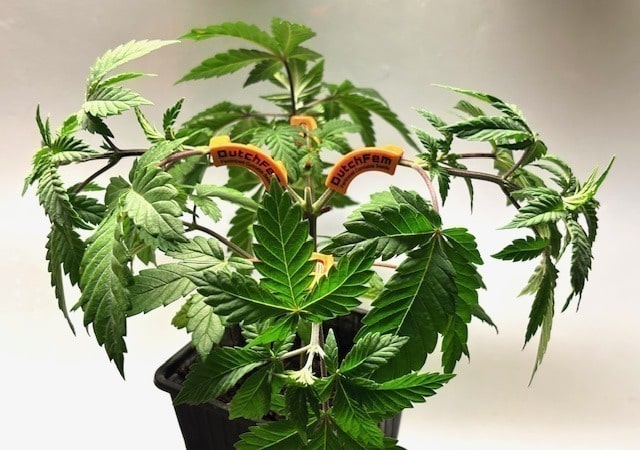
Low-Stress Training has emerged as a powerful tool in the arsenal of cannabis cultivators, offering a balanced approach to shaping plant growth without inducing undue stress. By harnessing the principles of LST, growers can optimize light exposure, promote airflow, and achieve higher yields of premium-quality cannabis. As the art and science of cannabis cultivation continue to evolve, LST stands out as a technique that not only enhances productivity but also allows cultivators to connect intimately with the growth and development of their plants. For those willing to invest the time and effort, the journey into the world of LST cannabis cultivation can be both rewarding and enlightening, unveiling the true potential of this remarkable plant.

Order your LST clips here: DUTCHFEM LST CLIPS



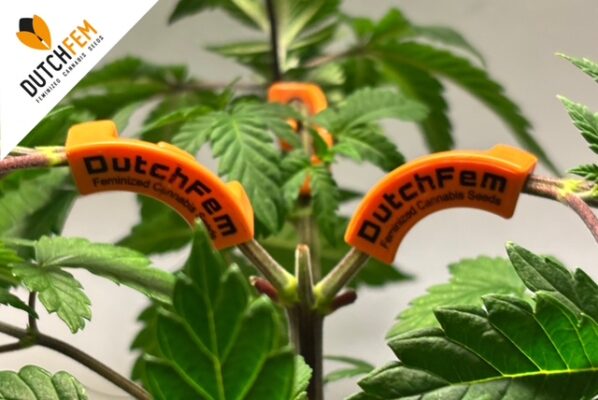







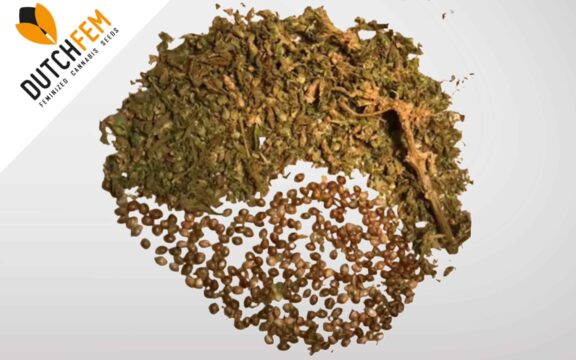






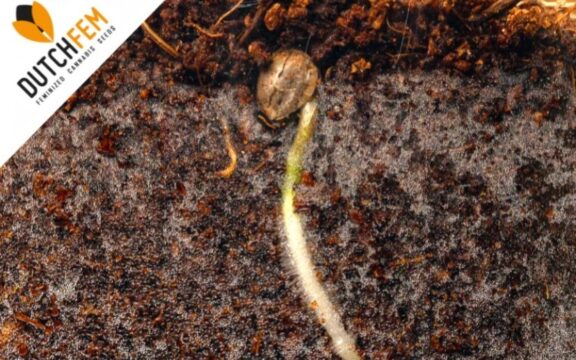







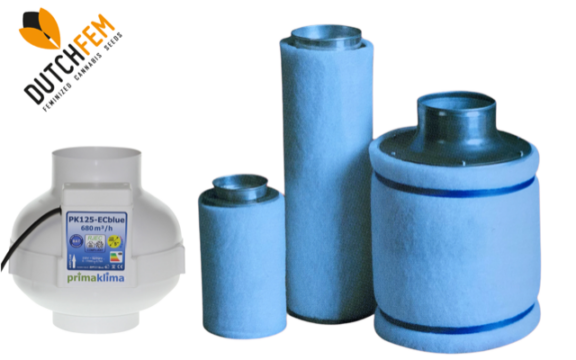






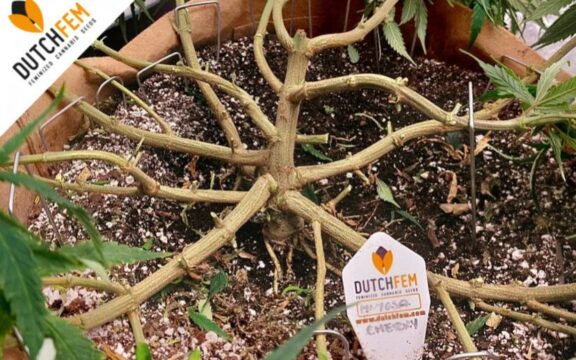




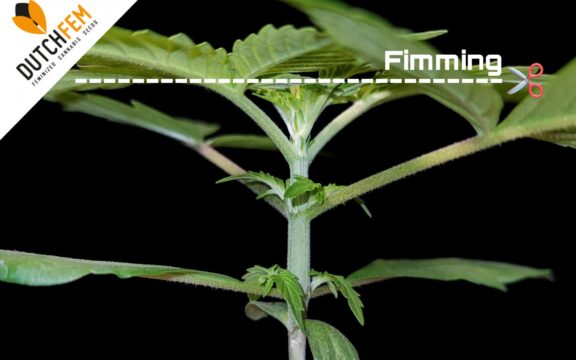



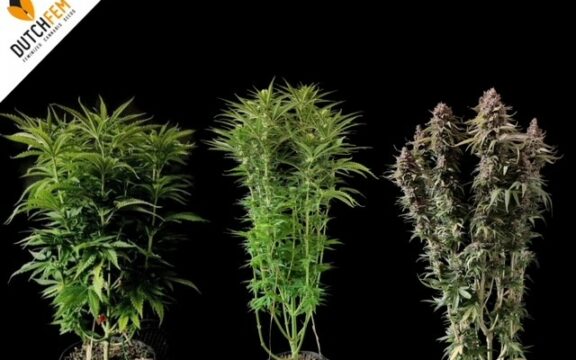





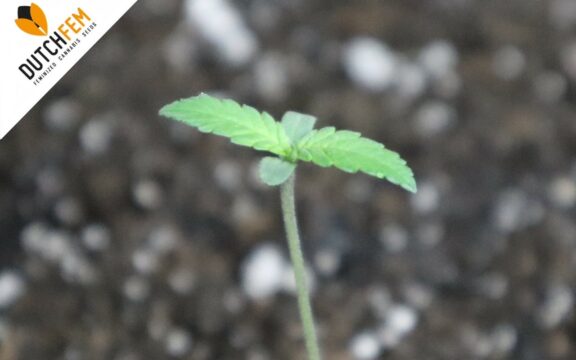

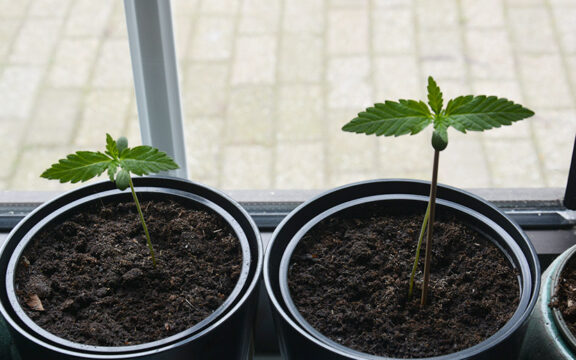
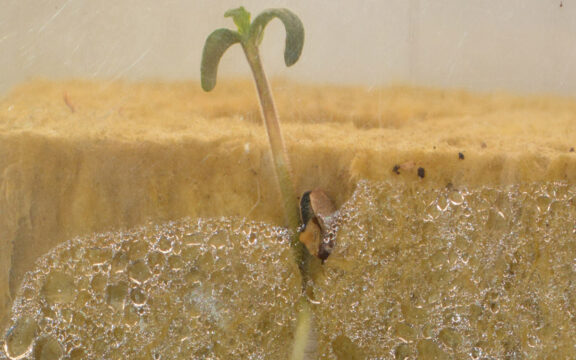




You must be logged in to post a comment.